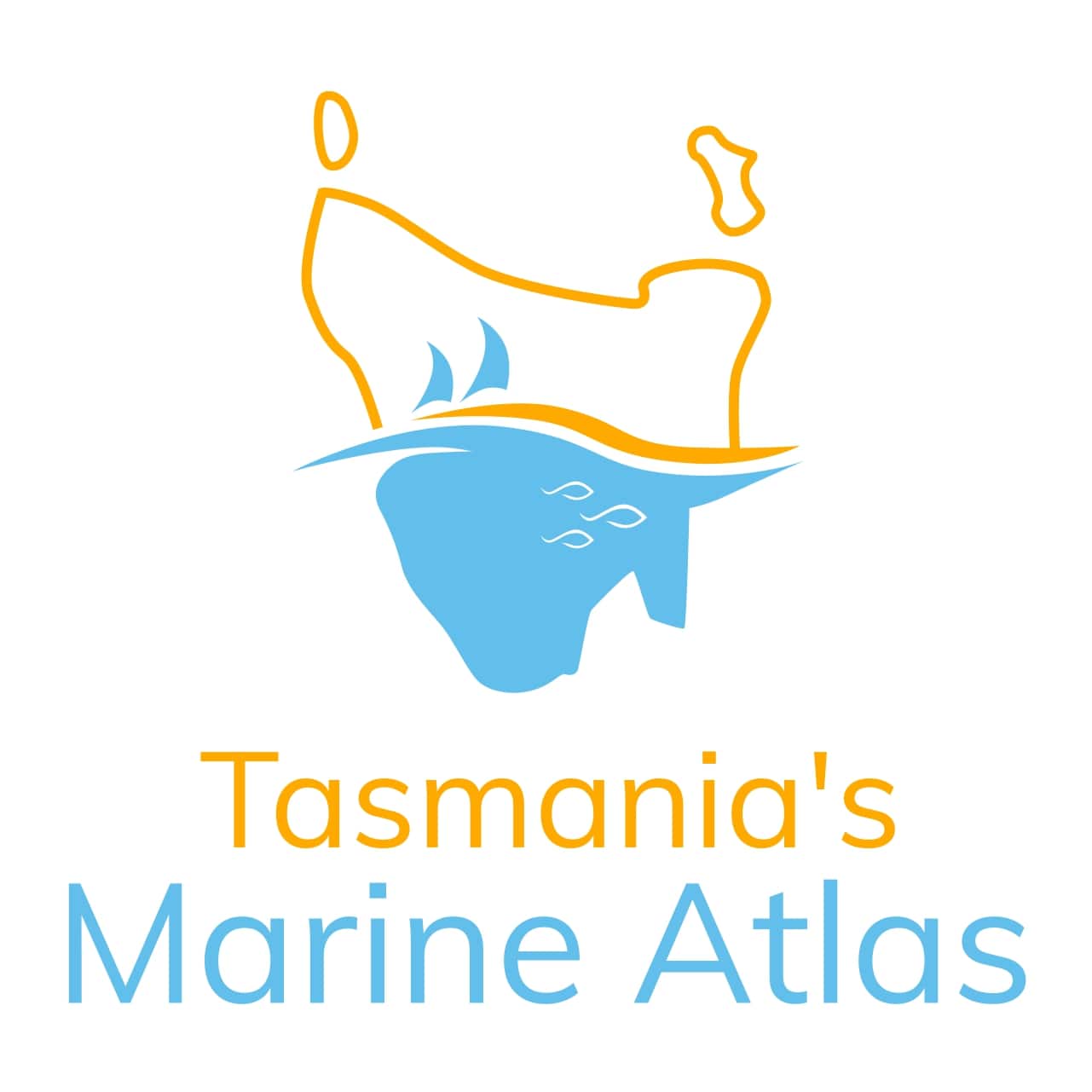Coastal Waters (Australia) | Coastal Waters (Australia) | Tasmania Coast, TAS
Type of resources
Topics
Keywords
Contact for the resource
Provided by
-

This dataset depicts the location of the Broadscale Environmental Monitoring Program (BEMP) sites. It was compiled from data provided by EPA Tasmania, IMAS and published reports. BEMP was initiated in 2009 by the State Government to provide knowledge and information on ecosystem function in the D’Entrecasteaux Channel and Huon Estuary. BEMPs have been developed for all marine farming regions. The objective of each program is to document (on an ongoing basis) broadscale spatial and temporal trends for key environmental parameters, allowing assessment of the environmental effects of finfish aquaculture in Tasmania. Marine farming licence conditions include participation in respective BEMPs. The BEMP program initially covered assessment of water column and sediment health at a broadscale level but has been expanded to include inshore reef, deep-reef and seagrass distribution and health. Seagrass monitoring occurs over transects. In this dataset, only the start location is displayed. Sediment sampling includes benthic infauna, stable isotopes, particle size, visual assessment, redox analysis, and sulphide measurements. Visual assessment, redox and sulphide analysis is carried out each year, while analysis of benthic infauna, stable isotopes and particle size is undertaken every four years. In the intervening years these samples are collected, preserved and retained. Water quality analytes include physico-chemical parameters (temperature, dissolved oxygen and salinity), nutrients (dissolved nutrients: ammonia, nitrate, phosphate, and silicate, nutrients: total nitrogen, total phosphorous), chlorophyll a and phytoplankton species counts. Water quality sampling is undertaken monthly from May to January and fortnightly from February to April.
-
Bluethroat wrasse (Notolabrus tetricus) commercial catch (in tonnes), commercial effort (in number of days fished), and commercial Catch Per Unit Effort (CPUE, in kg/day fished) by fishing season per NRE scalefish fishery fishing block for all gear types combined. The dataset was provided by the Tasmanian Wild Fisheries Assessments team at IMAS. Tasmanian wild fisheries stock assessments are conducted by the Fisheries and Aquaculture Centre of the Institute of Marine and Antarctic Studies (IMAS) on behalf of the Tasmanian Department of Natural Resources and Environment (NRE Tas). Under the Sustainable Marine Research Collaboration Agreement (SMRCA), IMAS conduct fishery assessments, provide expert management advice and undertake scientific research on Tasmanian fisheries issues for NRE Tas.
-
Purple wrasse (Notolabrus fuciola) commercial catch (in tonnes), commercial effort (in number of days fished), and commercial Catch Per Unit Effort (CPUE, in kg/day fished) by fishing season per NRE scalefish fishery fishing block for all gear types combined. The dataset was provided by the Tasmanian Wild Fisheries Assessments team at IMAS. Tasmanian wild fisheries stock assessments are conducted by the Fisheries and Aquaculture Centre of the Institute of Marine and Antarctic Studies (IMAS) on behalf of the Tasmanian Department of Natural Resources and Environment (NRE Tas). Under the Sustainable Marine Research Collaboration Agreement (SMRCA), IMAS conduct fishery assessments, provide expert management advice and undertake scientific research on Tasmanian fisheries issues for NRE Tas.
-
Snook (Sphyraena novaehollandiae) commercial catch (in tonnes), commercial effort (in number of days fished), and commercial Catch Per Unit Effort (CPUE, in kg/day fished) by fishing season per NRE scalefish fishery fishing block for all gear types combined. The dataset was provided by the Tasmanian Wild Fisheries Assessments team at IMAS. Tasmanian wild fisheries stock assessments are conducted by the Fisheries and Aquaculture Centre of the Institute of Marine and Antarctic Studies (IMAS) on behalf of the Tasmanian Department of Natural Resources and Environment (NRE Tas). Under the Sustainable Marine Research Collaboration Agreement (SMRCA), IMAS conduct fishery assessments, provide expert management advice and undertake scientific research on Tasmanian fisheries issues for NRE Tas.
-

Locations of the Oysters Tasmania's Sensor Network. The sensor network provides real-time data on salinity, water temperature, and depth in shellfish growing areas in Tasmania. Oyster growers can access the sensor data via the ‘ShellPOINT’ portal (https://www.oysterstasmania.org/shellpoint.html).
-
In collaboration with the Tasmanian State Emergency Service, water level monitoring instruments were installed to enable the collection of data in four estuaries identified as being vulnerable to coastal and compound flooding: Derwent Estuary, Huon Estuary, Georges Bay, and Macquarie Harbour. These instruments recorded fluctuations in water levels due to the combined influences of tide, river discharge, and weather events. The effects of the January 2022 Hunga Tonga-Hunga Ha’apai tsunami following a significant submarine volcanic explosion was also recorded in three out of the four estuaries. The datasets, comprising reduced water level observations, predicted water level, and residuals, are available from the IMAS Data Portal. Water level observations of varying duration were recorded between November 2020 – November 2022 for 14 sites in four Tasmanian estuaries. This work was undertaken by Karen Palmer as part of a PhD candidature at the University of Tasmania under the supervision of Dr Christopher Watson, Dr John Hunter, Assoc Prof Hannah Power (University of Newcastle), and Dr Rebecca Harris.
 IMAS Metadata Catalogue
IMAS Metadata Catalogue